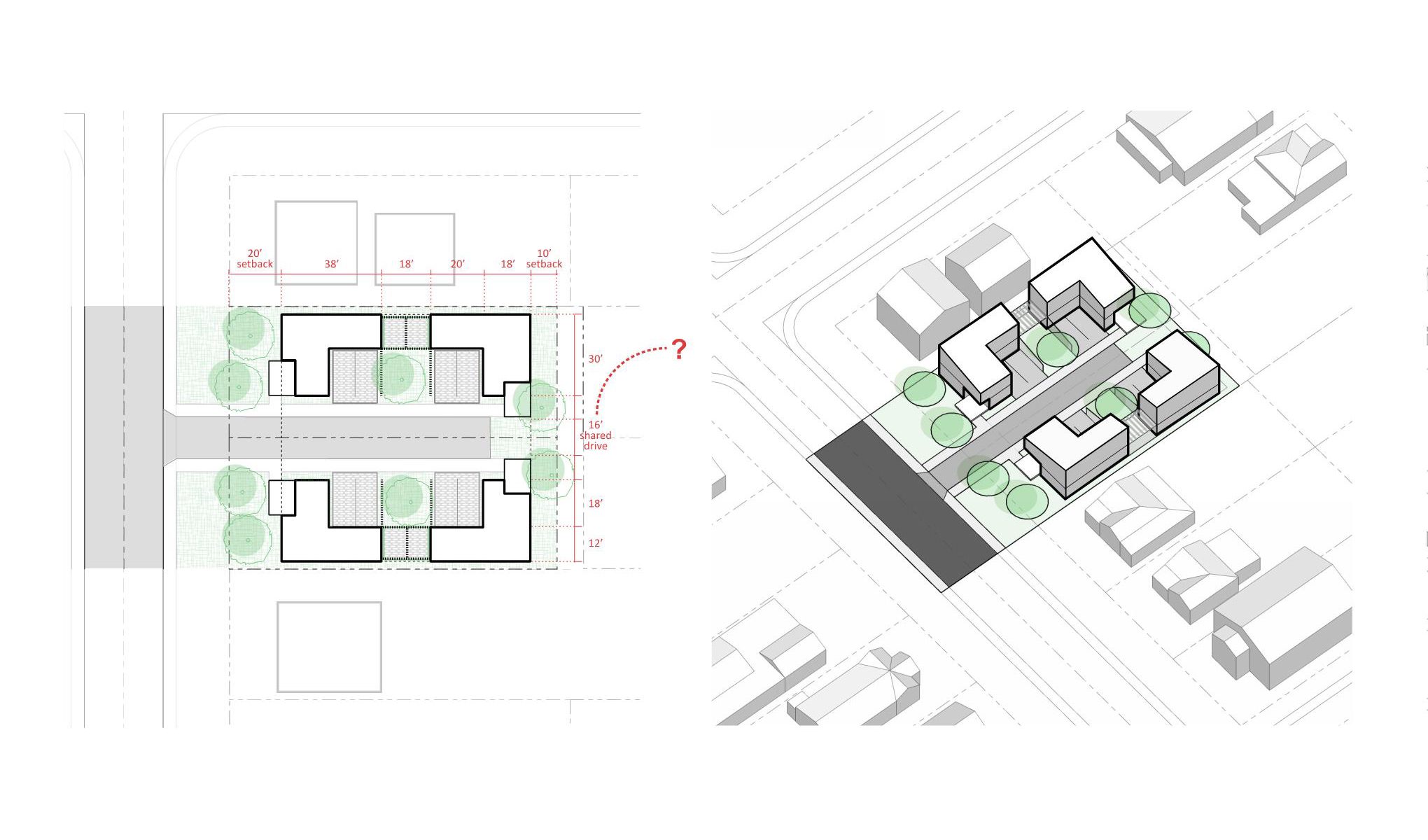Play
Pause
.jpg)
.jpg)


Multistudio designed workshops and a public education campaign around research papers and what we learned through our team’s field work to support the community’s goals of protecting the vulnerable and inviting investments to their community that would improve the quality of life for their neighbors. Care for the details of the unique neighborhood of a 5-mile light rail extension and plan area was key to developing an incremental plan addressing the culture of each area distinctively.



Workshops were designed as dynamic settings for multi-generational engagement. Multistudio created a festival environment along side focused round table discussion and subject matter stations where models were collectively made to communicate the community and designers' imaginations and interactive tools expanding beyond conventional dot polling. With incremental change as the goal, the planning defined community goals specifically and tangibly rather than broad brushed and from a bird's-eye perspective.



The community vision is ensure public access to vital green space, the riparian wash of the Rio Salado that runs through the core of the city.


The plan prioritizes public and open space preservation to support natural amenities and connectivity, as well as creating public and semi-public green connections to the existing and improved open space system.

The plan calls for appropriately scaled commercial and mixed-use infill along Central Avenue to preserve views of the mountains and character of the community.



Street network planning focuses on infill and redevelopment within an existing connectivity network and prioritizing multi-modal street improvements.

.jpeg)

10 public workshops hosted, 68 community events attended
This experience has been one of the most challenging yet most rewarding experiences of my public service.
Team Partner: Promise Arizona, Local First Arizona, Center for Neighborhood Technologies, Wilson & Co., J2 Engineering & Landscape Architecture, Hustle Phoenix, Friendly House, South Central Collaborative
Photographer: Phil Soto